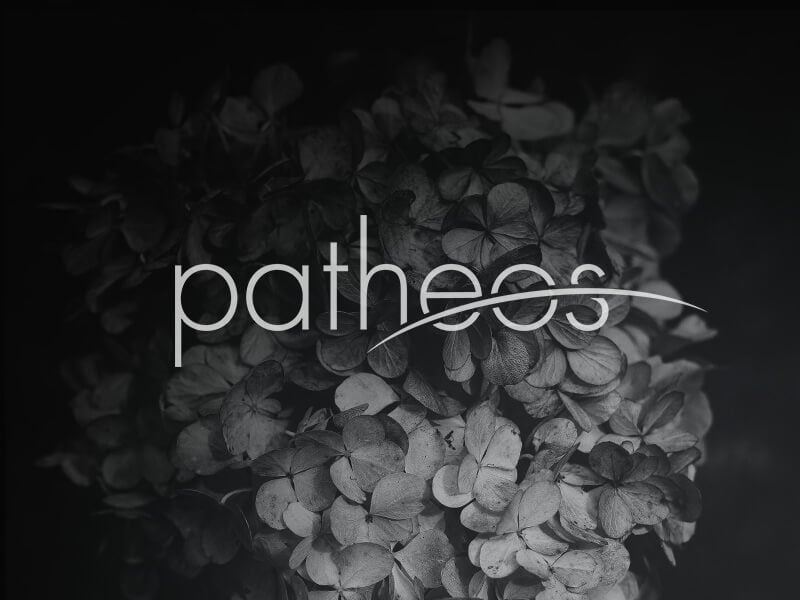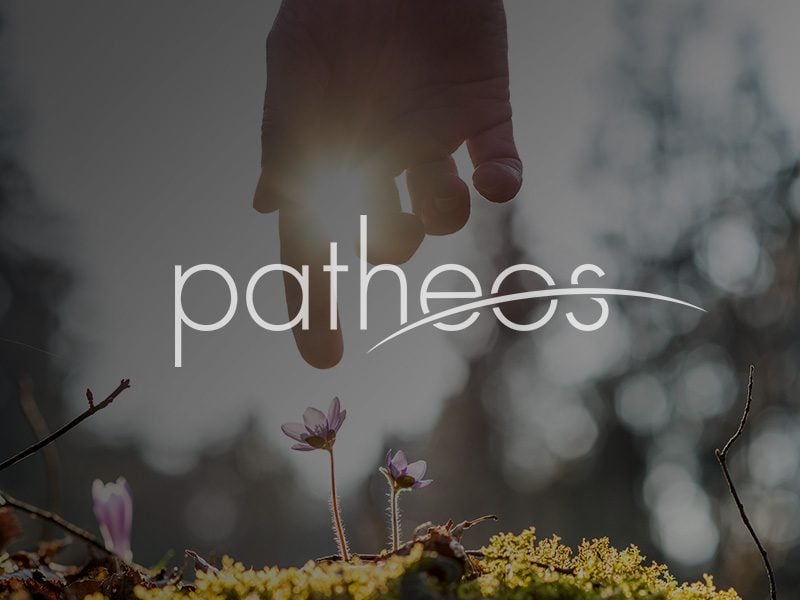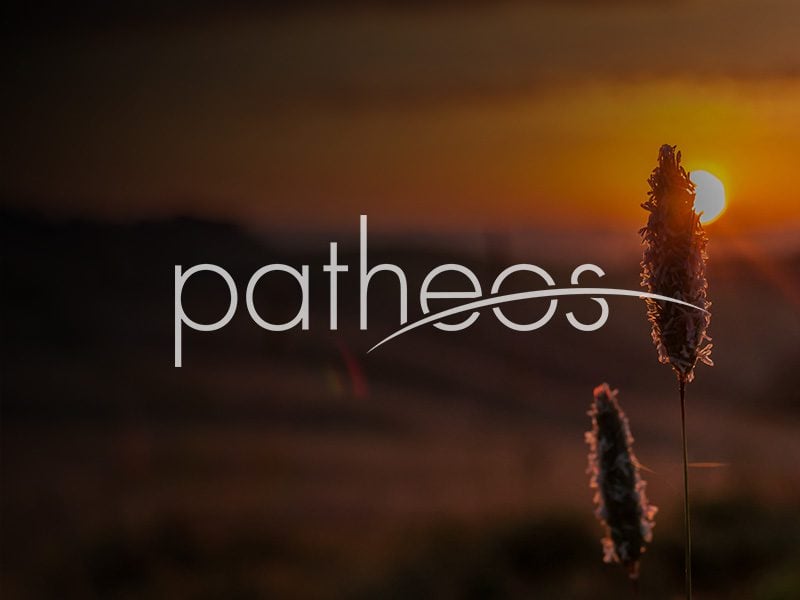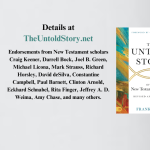In his recent Brief History of Christianity , Carter Lindberg suggests that “orthodoxy is the language that preserves the promise character of the gospel, that salvation is received from God, not achieved by humans.” By contrast, “heresy is the language that in one way or another vitiates the promise of the gospel by making it contingent on human experience.” He cites Schleiermacher to give flesh to that skeletal definition. According to Schleiermacher, heresies were either anthropological or soteriological, pertaining to... Read more
















